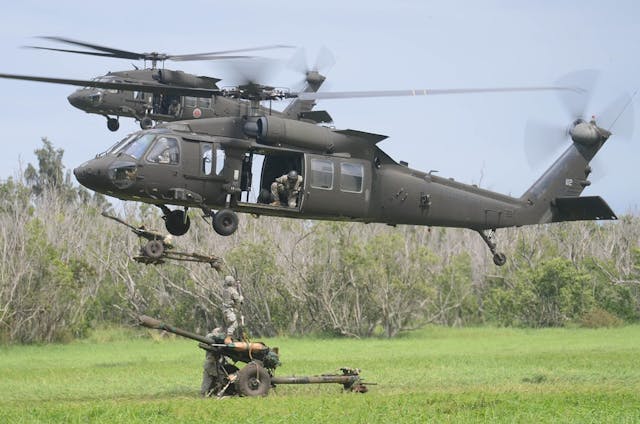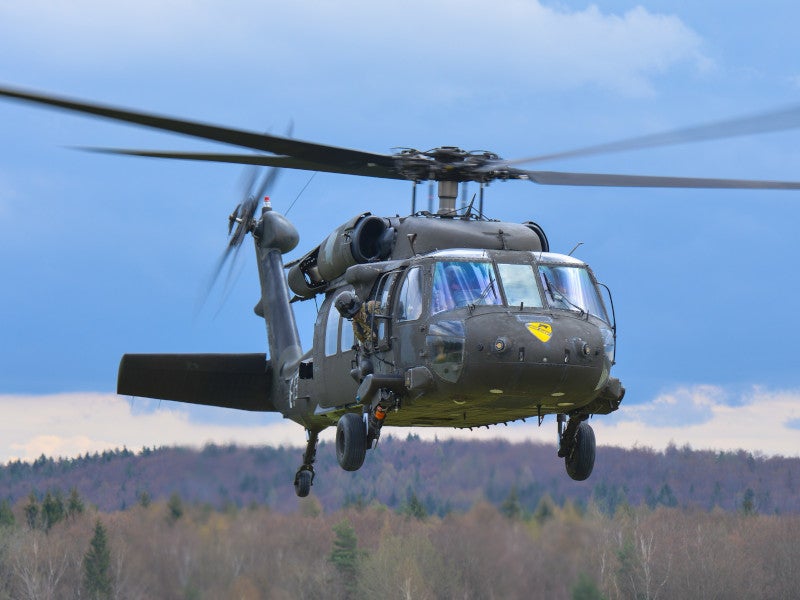Maintenance and Upkeep for UH 60 Helicopters
Maintenance and Upkeep for UH 60 Helicopters
Blog Article
The Effect of Lasting Practices on the Future of Airplane Operations and Emissions Decrease
As the air travel sector deals with increasing scrutiny over its environmental influence, the adoption of sustainable methods becomes an important path toward future aircraft operations and exhausts reduction. Innovations in sustainable aviation gas and advancements in hybrid propulsion technologies stand at the leading edge of this transformation, appealing considerable decreases in greenhouse gas exhausts. The successful combination of these campaigns pivots on a selection of factors, including governing frameworks and market partnership. The concern continues to be: just how will these developing methods improve the dynamics of flight and add to a much more sustainable future?

Overview of Sustainable Practices
Sustainable techniques in airplane operations include an array of methods targeted at minimizing ecological effect while maintaining operational effectiveness. These practices are vital in the aeronautics market's dedication to minimizing its carbon impact and sticking to worldwide environmental requirements. Trick initiatives consist of optimizing trip courses to decrease fuel intake, enhancing upkeep methods to guarantee aircraft run at peak efficiency, and applying sophisticated modern technologies such as winglets and light-weight materials that improve aerodynamics.

Educating and involving team on sustainability methods additionally play a crucial duty, promoting a culture of environmental duty within organizations. Generally, the assimilation of these sustainable practices not just helps in reducing exhausts yet additionally improves the long-term stability of the air travel sector, ensuring it satisfies the demands of both consumers and governing bodies while adding to worldwide sustainability goals.
Ingenious Fuel Alternatives
Many ingenious gas alternatives are becoming essential options to lower the aeronautics sector's reliance on typical nonrenewable fuel sources. Among these options, Sustainable Aviation Gas (SAFs) have actually acquired substantial focus because of their prospective to decrease lifecycle greenhouse gas discharges by approximately 80% compared to conventional jet fuels. SAFs are stemmed from various feedstocks, including waste oils, agricultural residues, and also algae, making them a functional option for the sector.
One more appealing choice is hydrogen fuel, which, when used in fuel cells, produces just water vapor as a by-product. In addition, electric propulsion systems are being explored, leveraging battery innovation to power airplane.
Last but not least, biofuels derived from biomass are being checked out, supplying a renewable alternative that can be combined with traditional fuels. Collectively, these innovative fuel alternatives represent an essential step toward accomplishing a sustainable air travel environment, aligning with global emissions reduction targets and improving the industry's ecological stewardship.
Technical Advancements in Aeronautics

How can technical developments improve the future of air travel? Developments such as electrical and hybrid propulsion systems are at the forefront, promising substantial decreases in fuel intake and greenhouse gas emissions.
Additionally, the execution of advanced products, such as lightweight compounds, adds to improved the rules of aerodynamics and fuel performance. The usage of expert system and machine understanding in flight operations enhances why not try this out path preparation and minimizes fuel burn by making it possible for real-time adjustments based on climate and traffic conditions. Additionally, the growth of independent and from another location piloted aircraft systems stands to transform freight and traveler transportation, potentially increasing effectiveness while lessening human mistake.
In addition, sustainable aeronautics innovations, including advanced air web traffic administration systems, can improve operations and decrease congestion, leading to lower discharges during flight. These developments collectively represent a standard change in aeronautics, promising a future where sustainability and operational performance are intertwined, thus sustaining the sector's dedication to minimizing its ecological impact.

Regulatory Structure and Compliance
Taking into account the growing emphasis on ecological stewardship within the aeronautics market, the governing framework controling aircraft operations is advancing to promote lasting techniques. Regulative bodies, such as the International Civil Air Travel Organization (ICAO) and different nationwide aeronautics authorities, are presenting rigid guidelines focused on lowering emissions and improving functional efficiency.
These guidelines often include the fostering of Lasting Air travel Gas (SAF), which has been recognized as a key component in achieving reduced carbon impacts. Additionally, conformity with these regulations needs airlines to apply functional methods and sophisticated innovations, such as enhanced trip paths and improved air web traffic administration, to decrease fuel consumption.
Furthermore, the enforcement of emissions trading systems and carbon countering initiatives is ending up being significantly prevalent, compelling airline companies to monitor and report their discharges precisely. Non-compliance can lead to considerable penalties, therefore pushing operators to prioritize sustainability in their service designs.
Inevitably, the evolving regulative landscape not only drives advancement and investment in green innovations but likewise promotes a society of liability within the aviation market. As these structures proceed to create, the concentrate on lasting methods will be essential to attaining the industry's lasting environmental objectives.
Future Patterns in Airplane Procedures
As the air travel industry adapts to a significantly stringent governing atmosphere, future trends in airplane operations are readied to concentrate on ingenious remedies that even more boost sustainability and effectiveness - uh 60. Key advancements will likely include the adoption of advanced air traffic monitoring systems, which utilize real-time data and synthetic knowledge to enhance flight paths, lowering gas usage and exhausts
Another considerable trend is the increased assimilation of lasting air travel gas (SAFs) These options to traditional jet gas, stemmed from renewable sources, can dramatically reduce lifecycle greenhouse gas exhausts. The market's dedication to SAFs will likely speed up as airlines team up with fuel producers to make certain accessibility and cost-effectiveness.
Additionally, the press in the direction of electrification and hybrid propulsion systems is obtaining momentum. Arising aircraft designs will incorporate these technologies, using quieter and more reliable procedures, especially for short-haul trips.
Verdict
In final thought, the integration of sustainable methods in airplane procedures holds considerable possibility for emissions reduction and enhanced effectiveness. The adoption of lasting air travel fuels, coupled with developments in hybrid and electric propulsion systems, is vital for lessening lifecycle greenhouse gas discharges. In addition, maximizing flight courses and embracing ingenious technologies add to a quieter and more eco friendly aviation field. Jointly, these initiatives align with international sustainability objectives and pave the method for a greener future address in air travel.
Advancements in sustainable air travel gas and advancements in crossbreed propulsion innovations stand at the center of this makeover, appealing substantial reductions in greenhouse gas discharges.Numerous cutting-edge fuel options are emerging as pivotal solutions to reduce the aeronautics sector's reliance on typical fossil fuels - uh 60. Among these alternatives, Sustainable Air travel Fuels (SAFs) have gained substantial attention due to their potential to lower lifecycle greenhouse gas discharges by up to 80% compared to conventional jet fuels.An additional substantial fad see this site is the raised integration of lasting aviation fuels (SAFs) The fostering of lasting air travel gas, paired with innovations in electrical and hybrid propulsion systems, is vital for lessening lifecycle greenhouse gas emissions
Report this page